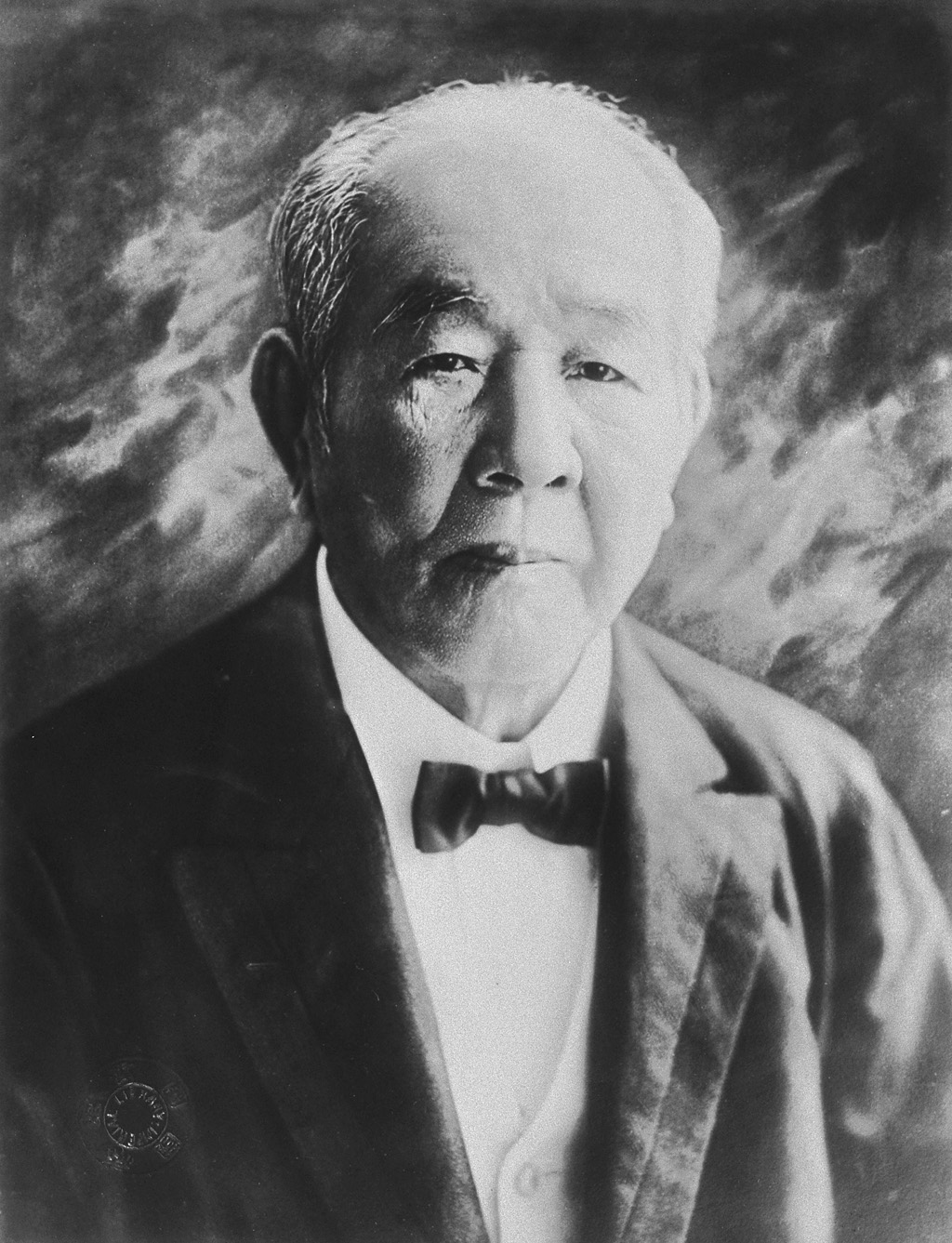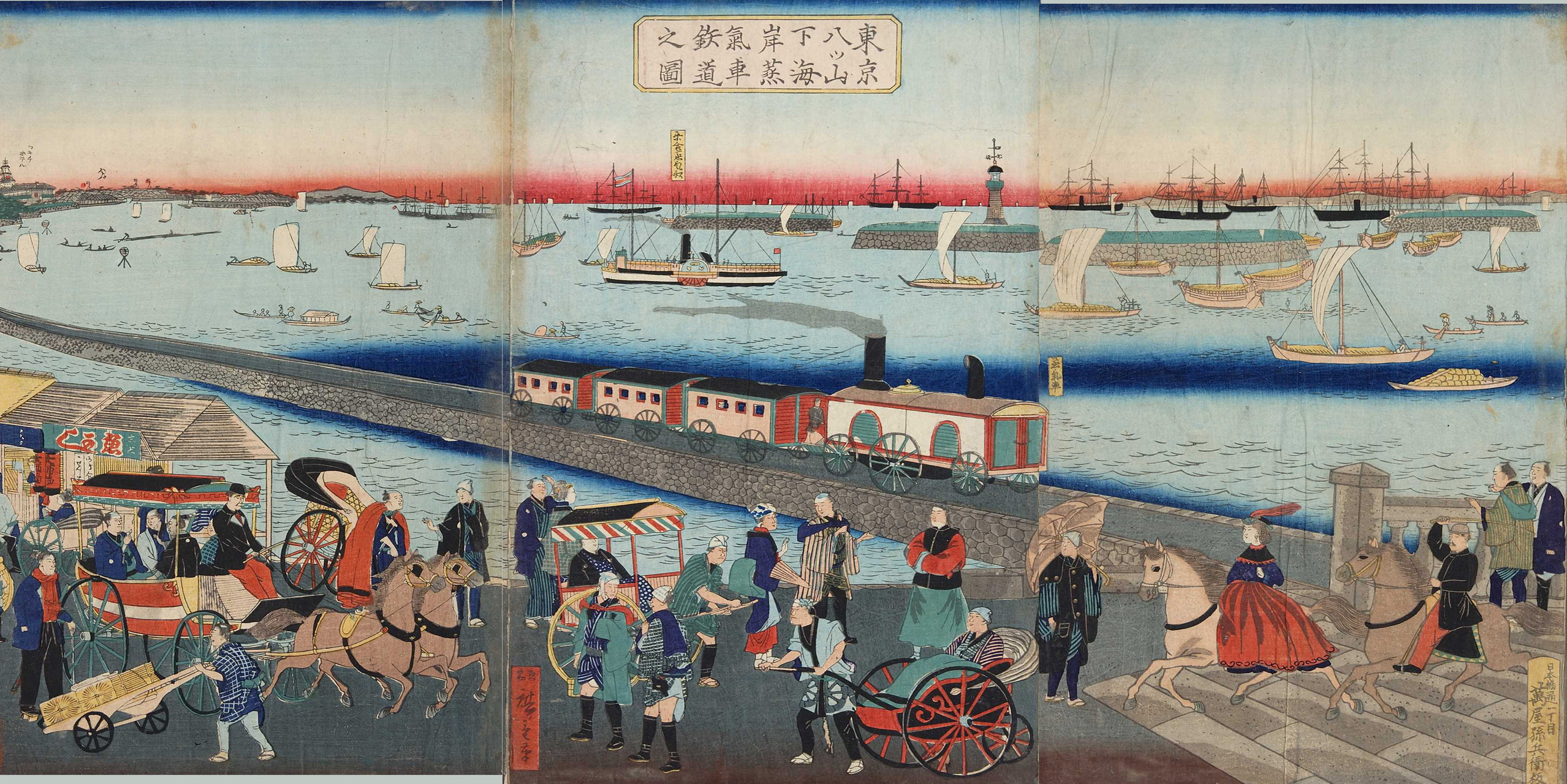Japan 150 years after the Meiji Restoration: Share its experience of development and democratization with the world—Do away with vested interests to get rid of stagnation
Key takeaways
- The Meiji Restoration brought a democratic revolution in tandem with a hiring revolution
- State-of-the-art industries, technologies and knowledge in the West were vigorously sought
- Post-WWII Japan has a successful track record of ODA provision to East Asian countries

Kitaoka Shinichi, President,Japan International Cooperation Agency (JICA)
Fifty years ago, as Japan marked the centenary of the Meiji Restoration, there were not many in the Japanese academic community who evaluated the modernization process highly. A majority of scholars thoroughgoing as the French Revolution and the Russian Revolution.
Nowadays, however, there are almost no people who admire the Russian Revolution, while the French Revolution is not evaluated as highly as it used to be. Total destruction would trigger some backlash to the extent that the new rulers would often resort to the severest form of oppression. The death toll from the Meiji Restoration stood at about 30,000. Yet, this figure was two or three digits smaller than the numbers of deaths that occurred in the French and Russian revolutions. Moreover, the Meiji Restoration allowed a spate of bold modernizing changes to happen and culminate in a massive and widespread revolution without destructing the constitutive elements of tradition.
What was the essence of the Meiji Restoration?
When the Meiji era (1868-1912) ended, many people reviewed and discussed it. Ishibashi Tanzan, then a 28-year-old journalist who eventually became Japan’s prime minister 44 years later, commented as follows:
Many people who might define the era as a period of militaristic development and colonial expansion, but I don’t think so. Those wars were fought due to unavoidable circumstances surrounding Japan. What was gained in each war was something temporary and its significance would be lost once the prevailing circumstances changed.
Ishibashi then wrote in the Toyo Jiron magazine in September 1912 that the greatest achievement of the Meiji era was neither the victory of the wars nor the development of colonies but “the across-the-board democratic reform of the political, legal and social systems and thoughts.”
I vehemently agree with Ishibashi. The Sino-Japanese War and the Russo-Japanese War were both unavoidable for Japan, given the then prevailing relationships with its neighboring countries. I think that the Russo-Japanese War could have been averted if the countries concerned had behaved wisely. The 1904-1905 war not only caused a large number of military casualties but also required massive war expenditure. To finance the cost of the war, Japan had to issue a huge amount of war bonds to foreign investors. After the war, friction with its neighboring countries was only aggravated. Considering such developments, in hindsight, Japan should have chosen to avoid the war.
Yamagata Aritomo, who involved himself in the Russo-Japanese War as one of the genro (elder statesmen) and a field marshal serving as the chief of the army general staff, made a remark afterward to restrain Japanese society from becoming arrogant toward Russia. Yamagata, who had assumed the post of prime minister twice before the war, said as follows:
Japan won the war with Russia, but it only meant that Japan had learned modern civilization in earnest prevailed over Russia that had learned little about it. Therefore, the victory never proved that Japan was superior to Russia.
But the fact that it was Japan’s razor-thin victory over Russia was forgotten. Instead, there emerged a social trend toward an excessive emphasis on Japan’s strength and courage. Thus, the seeds of Japan’s defeat in the Pacific War (1941-1945) had already been evident in the mythologizing of the 1904-1905 war and the arrogant euphoria following the victory over Russia.
The great thing about both the Sino-Japanese War and the Russo-Japanese War was not the victory in both wars but the fact that Japan had accumulated national strength over such relatively short periods of time to the extent that it was able to prevail over China and Russia. The wars with China and Russia were launched just 26 years and 36 years, respectively, after the Meiji Restoration.
Now, let’s trace back the key events that led to what Ishibashi described as the “democratic reform,” or, in my words, “equalization” and “liberalization.”
In 1871 or only three years after the restoration of Imperial rule, the Meiji government led mainly by bushi (samurai warrior) from Satsuma and Choshu abolished all of “han” (feudal domains), including the Satsuma and Choshu domains that had spearheaded the plot to topple the Tokugawa Shogunate, for the sake of centralizing administrative power. Just several years later, the Meiji government moved further to permanently dismantle the bushi class.
In 1885, Japan introduced a cabinet system with Ito Hirobumi serving as the first prime minister of the country. As he was an ashigaru origin — an odd-jobber-cum-foot-soldier who was employed by a samurai family —and he was not allowed to have say in political affairs during the feudal years.
The reform process from the Meiji Restoration to the introduction of a cabinet system brought a democratic revolution in tandem with a hiring promotion, doing away with the privileged with vested interests.
In 1889, the Constitution of the Empire of Japan, commonly known as the Meiji Constitution, was promulgated. In 1890, a bicameral parliament, then named the Imperial Diet, was inaugurated. Though suffrage was initially limited to a certain group of male adults, it immediately took root in Japanese society. This was remarkable as even today, it would be difficult, if not impossible, to establish a parliament and get it quickly — and then steadily — in place. During the Meiji era, Japan had a party-based cabinet for the first time only eight years after the establishment of the Diet. The Meiji government had modelled on Germany in installing Japan’s political institutions, but Japanese political parties eventually outpaced their German counterparts as to the promotion of political party power in national politics.
The modernization process also induced significant reforms in the economic and social spheres of Japan. The Meiji government discarded the “kokudaka” system, introduced in the medieval times to determine land value in terms of rice output for taxation purposes. With this reform, called “chiso kaisei” (land tax revision), farmers became able to freely choose what to grow and buy or sell farm land. People were also given freedom to choose and change jobs, while the government liberalized foreign trade, helping exports and imports surge phenomenally. Compulsory education, too, was introduced for all children, irrespective of social status.
In parallel with the modernization of internal institutions and frameworks, the Meiji government accessed state-of-the-art industries, technologies and knowledge in the West. In 1871, it dispatched to the United States and Europe the so-called Iwakura Mission, comprising more than 100 delegates including top officials of the newly formed government. The embassy returned home after most of its members stayed abroad for one year and nine months.
In a nutshell, the full opening of Japan to the world and the democratic reform were the greatest things about the Meiji era. The Meiji government’s determination to open up the country and face the realties of the world facilitated the reform of many internal institutions so as to keep pace with the unprecedented changeover and made it possible for the Japanese people to unlock their full potential.
When compared with the Meiji era, it is obvious what the root of the stagnant state of Japan since the end of the Cold War has been. Despite the vociferous talk of regulatory reforms, many of the vested interests under attack remain entrenched. The country has not been as enthusiastic in respect to the adoption of advanced things and knowledge from abroad as it was during the Meiji Restoration. In other words, nearly the past 30 years, Japan has simply come up with one makeshift solution after another to deal with many enduring problems.
In his 1912 article, cited earlier, Ishibashi noted that the Meiji era was significant because Japan fully opened itself to the world and democratized itself in the era during which the Eastern and Western civilizations met on an unprecedented scale. He then proposed setting up a “Meiji Prize,” which could be comparable to the Nobel Prize, to make the world aware of the significance of the Meiji era.
The Meiji Restoration was, and remains, significant, indeed, in terms of world history.
When I was Japan’s ambassador to the United Nations, I participated various discussions on conflicts in the world. Now, I am engaged in development of developing countries as president of the Japan International Cooperation Agency (JICA). Every time I take part in discussions on such development efforts, my honest feelings are that it is really difficult to realize development. I know how difficult it is for developing countries to maintain national integration and develop economically, socially and politically. I also know how difficult it is to move toward democratic development once economic development is attained.
As such, from the standpoint of many of the developing countries, Japan is seen as a country that deserves praise for transforming from a non-Western country into a developed country where new values such as freedoms, democratic institutions and the rule of law have been adopted in harmony with tradition.
Unlike the pre-World War II period, Japan is no longer a military power. Even as an economic power, it is not so powerful as it was some time ago. Nevertheless, there are no countries comparable to Japan in terms of having paved the way to become a developed country while vigorously adopting modernity in harmony with tradition.
I am sure that offering to share both successful and failed aspects of the abovementioned experience with the rest of the world can be the greatest contribution our country can make to the international community.
Japan has the most successful track record of providing developing countries with official development assistance (ODA). In the 1950s, the level of economic development in sub-Saharan African countries receiving economic assistance from Western countries was almost identical to that in East Asian countries receiving economic assistance mainly from Japan. As of today there is a huge difference between the two regions in terms of income level and economic well-being. It can be no exaggeration to say that Japanese ODA is one of the reasons for the success of East Asia. Japan now holds a unique and prominent position in the field of development cooperation against the background of the experiences of modernization and ODA provision of its own.
For many years now, the United Kingdom has recognized itself as the global center of development studies, attracting many university and graduate school students from abroad. But, in my view, Japan should be the world’s center of development studies. I am confident that Japan will be able to establish itself as the world’s new center of development studies, contributing further to the international community.
To commemorate the 150th anniversary of the Meiji Restoration, JICA plans to launch a program, in collaboration with 17 Japanese universities, so far, with a long history of accepting students from abroad, to invite future leaders from developing countries to learn about Japan’s experiences of modernizing itself and providing ODA to other countries.
We aim to invite as many as 1,000 students a year from developing countries five years later and beyond. I have high hopes that those students on the program will certainly apply the knowledge and expertise to be earned in Japan to development solutions at home and successfully contribute to the development of their own countries.
I think that the program is an opportunity for Japan to take on a new challenge, too. Japanese researchers have been allowed — thanks to the barrier of Japanese language that protects them from being challenged by foreign students and scholars — to be indifferent to the need to be universally competitive. When Japanese researchers are tasked with teaching students from abroad as well, it can be a highly inspiring opportunity for them, too.
For Japanese people, it should be quite useful to re-learn about how boldly Japan reformed itself in the modernization process. Now, we will have an environment in which young people from abroad — including young Americans and Europeans — will be with us when going over the modernization process again. The presence of young people from abroad is expected to give us a lot of inspiration in thinking of facilitating the co-existence of multiple civilizations in a new era.
Translated by The Japan Journal, Ltd. The article first appeared in the “Keizai kyoshitsu” column of The Nikkei newspaper on 3 July 2018 under the title, “Meiji-ishin 150 nen no Nihon: Hatten, Minshuka no keiken Sekai ni (Japan 150 Years after the Meiji Restoration: Sharing Experiences of Development and Democratization with the World).” The Nikkei, 3 July 2018. (Courtesy of the author)
Keywords
- Meiji Restoration
- democratic revolution
- official development assistance (ODA)
- Meiji era
- Ishibashi Tanzan
- Yamagata Aritomo
- Meiji government
- democratic reform
- Ito Hirobumi
- cabinet system
- democratic revolution
- Meiji Constitution
- Imperial Diet
- compulsory education
- Iwakura Mission
- Japan International Cooperation Agency (JICA)





